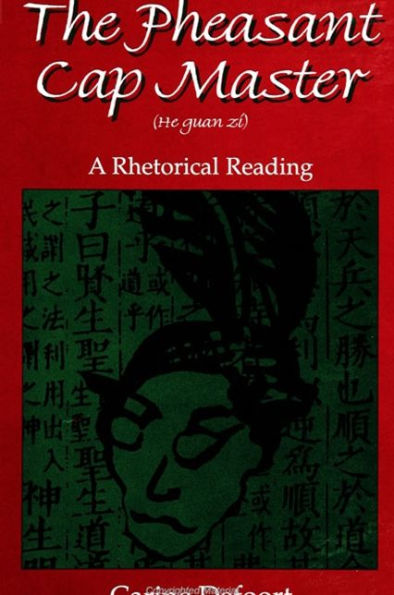The Pheasant Cap Master (He guan zi): A Rhetorical Reading
This first book-length study in English explores the long neglected ancient Chinese treatise: the Pheasant Cap Master or He guan zi (3rd century B.C.).
1115275213
The Pheasant Cap Master (He guan zi): A Rhetorical Reading
This first book-length study in English explores the long neglected ancient Chinese treatise: the Pheasant Cap Master or He guan zi (3rd century B.C.).
36.95
In Stock
5
1

The Pheasant Cap Master (He guan zi): A Rhetorical Reading
376
The Pheasant Cap Master (He guan zi): A Rhetorical Reading
376Paperback
$36.95
36.95
In Stock

Product Details
| ISBN-13: | 9780791430743 |
|---|---|
| Publisher: | State University of New York Press |
| Publication date: | 11/01/1996 |
| Series: | SUNY series in Chinese Philosophy and Culture |
| Pages: | 376 |
| Product dimensions: | 6.00(w) x 9.00(h) x 0.03(d) |
| Age Range: | 18 Years |
About the Author
From the B&N Reads Blog
